Pink eye is one of the most common (and gross) ailments kids get. It's super contagious and way more common with little ones than adults.
As adults, we have other eye problems — they get too dry, too watery, red, blurry, and more. We often ignore these problems and assume there's nothing serious going on. Of course, we might be wrong.
Our eyes are the window to our souls, but they can also actually be the window to our health. Your eyes can send you red flags, and it's important to pay attention to these.
Many of us don't go to the eye doctor very often, even though we should. Your eyes are very important organs, and it's essential to care for them just like you care for the rest of your body.
Read below to learn more about some of the common eye symptoms and what they could mean about your health.
Thumbnail Photo: Wikimedia / Tanalai
Red Flag #1: Redness

We all have red eyes from time to time, and it's usually no big deal. Often, eye redness is just a symptom of allergies or a cold.
Unfortunately, having red eyes can also signify something much more serious, like keratitis, pink eye, or a corneal scratch.
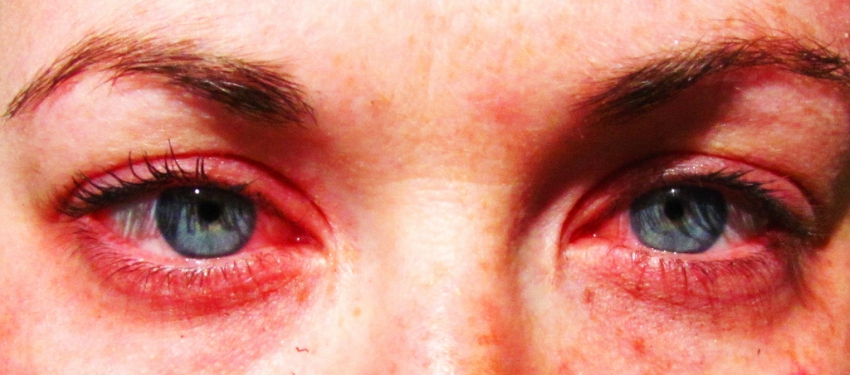
If your eyes are red for a few hours or days, it's probably nothing to worry about. If the redness lasts, though, or is accompanied by soreness, itching, discharge, pain, or swelling, you should see a doctor.
Red Flag #2: Watery Eyes
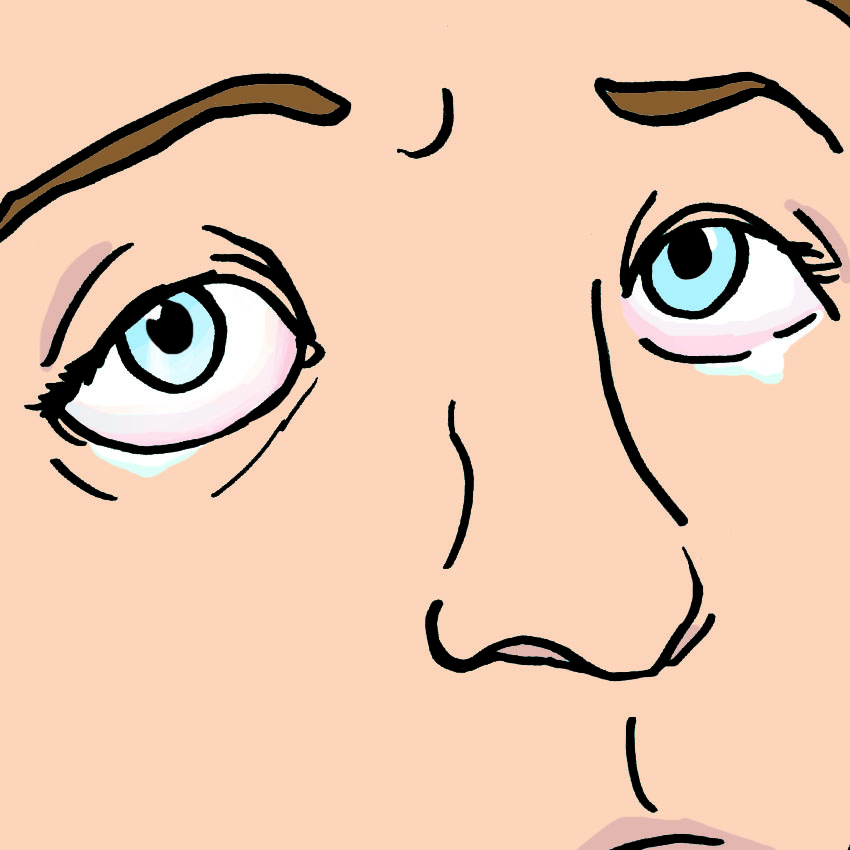
When it's cold out, when we have allergies, or when we're feeling under the weather, it's not uncommon for our eyes to get watery.
If the wateriness lasts for a long time or is accompanied by other symptoms, it's not normal.
Watery eyes could be a symptom of eyelid or tear-duct problems, cornea problems, or even pink eye.
Red Flag #3: Eye Floaters
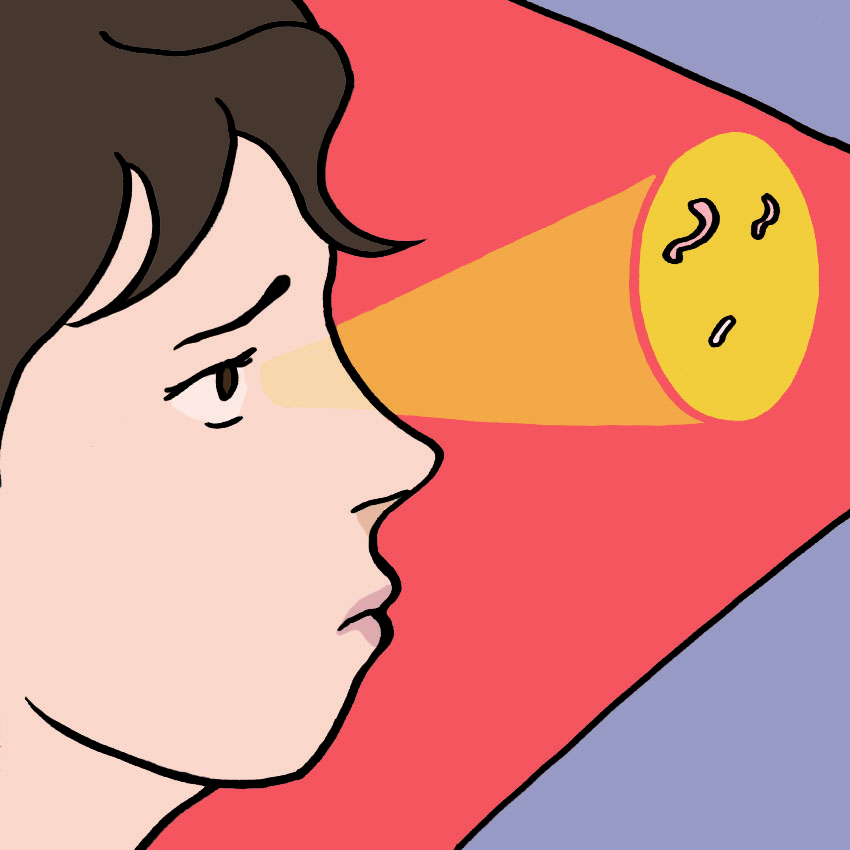
According to the Mayo Clinic, "Eye floaters are spots in your vision. They may look like black or gray specks, strings, or cobwebs that drift about when you move your eyes and appear to dart away when you try to look at them directly."
Many people get eye floaters once in a while, but if they start to occur more frequently or are accompanied by eye pain, flashes of light, or loss of peripheral vision, see an eye specialist ASAP.
Red Flag #4: Drooping Eyelid
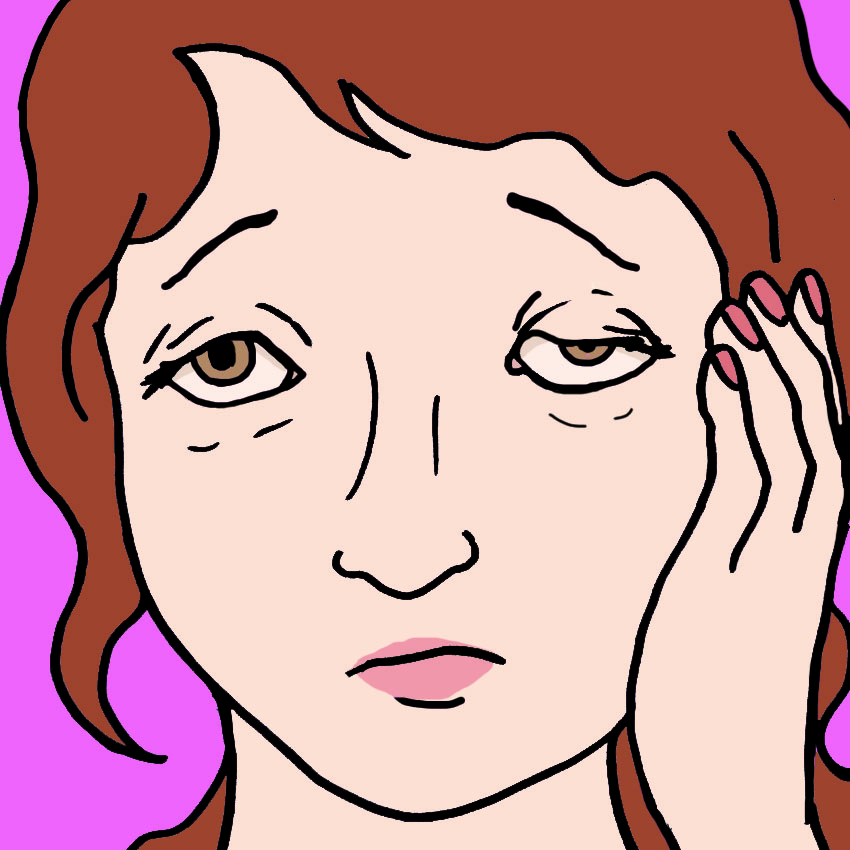
Everyone's eyelids droop when they're tired, but if it starts to happen to just one eye, or it occurs all the time, it could be something called ptosis.
According to Harvard Medical School, "In this condition, the border of the upper eyelid falls to a lower position than normal," and this can affect your vision.
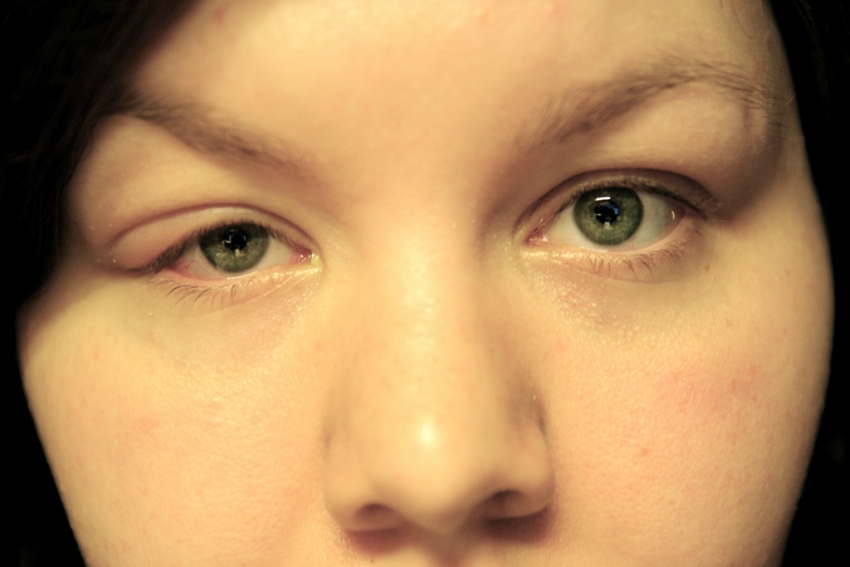
Some causes of drooping eyelids aren't a big deal, but there's a chance it could be something more serious, so you should make an appointment with your doctor just to be sure.
Red Flag #5: Foreign Object

Everyone gets foreign objects stuck in their eyes from time to time. Whether it's an eyelash, a bug, or a fleck of dust, the best way to handle a foreign object is to rinse it out with clean, warm water.
Don't rub your eye or try to remove something that's embedded in your actual eye.
If you can't get the object out with water, if there's pain or redness after the object's removed, or if the object affects your vision, the Mayo Clinic recommends you seek immediate medical attention.
Red Flag #6: Styes
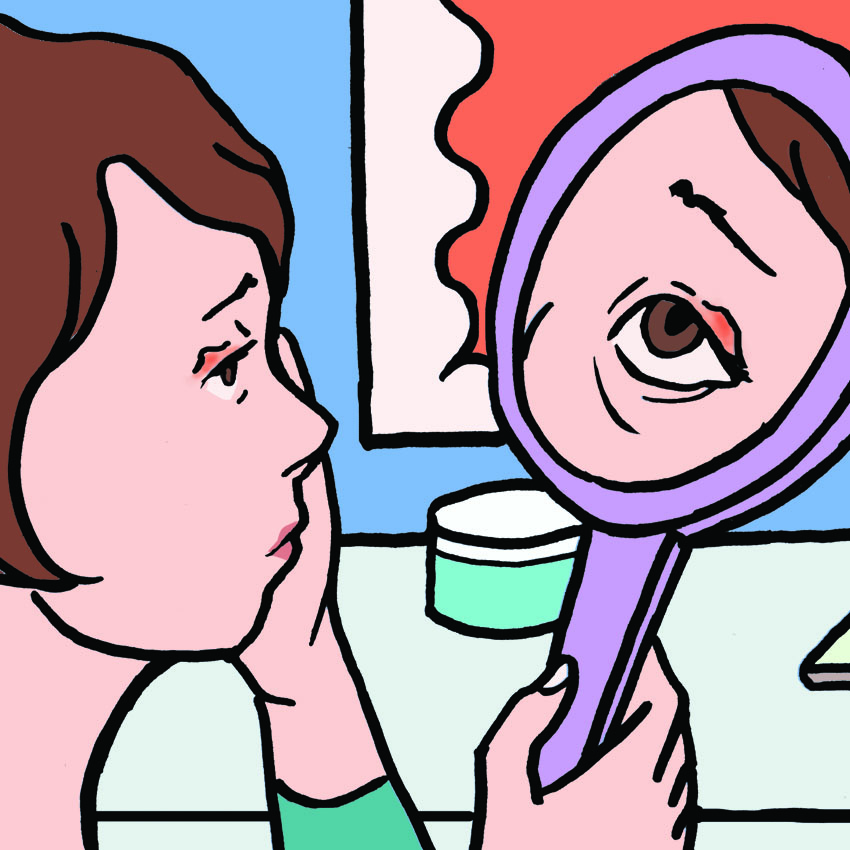
According to the American Academy of Ophthalmology, "A stye (also called a hordeolum) is a small, red, painful lump that grows from the base of your eyelash or under the eyelid. Most styes are caused by a bacterial infection."
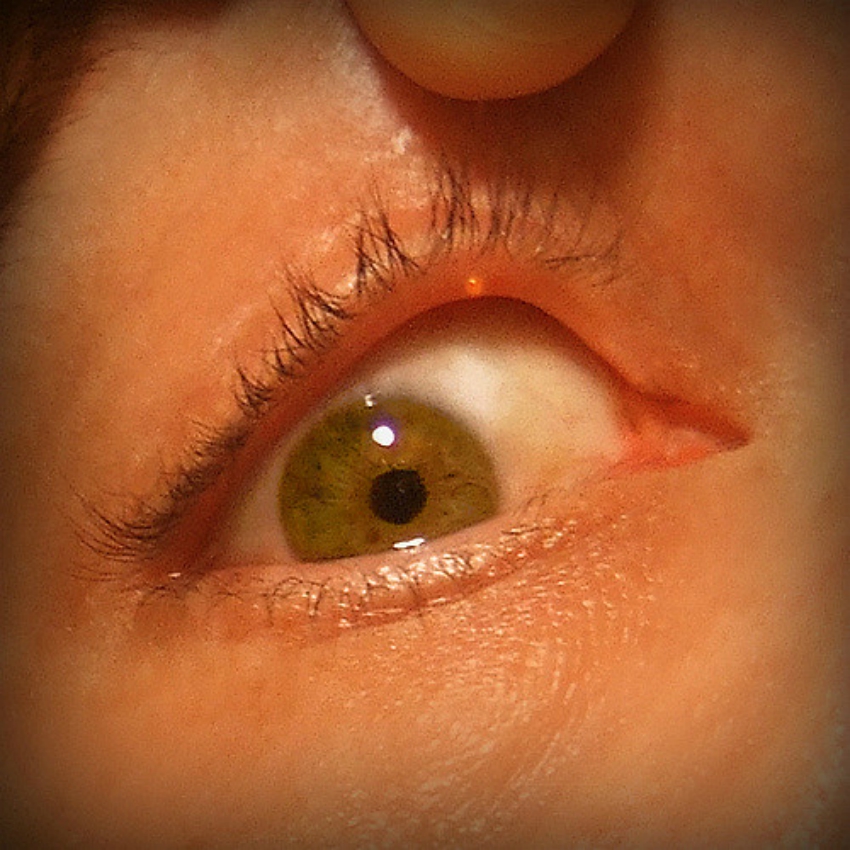
If the swelling from the stye doesn't go away after a few weeks or interferes with your vision, you should see a doctor. You should also bring it up to your doctor if you have recurrent styes or they cause you pain.
Red Flag #7: Dry Eyes
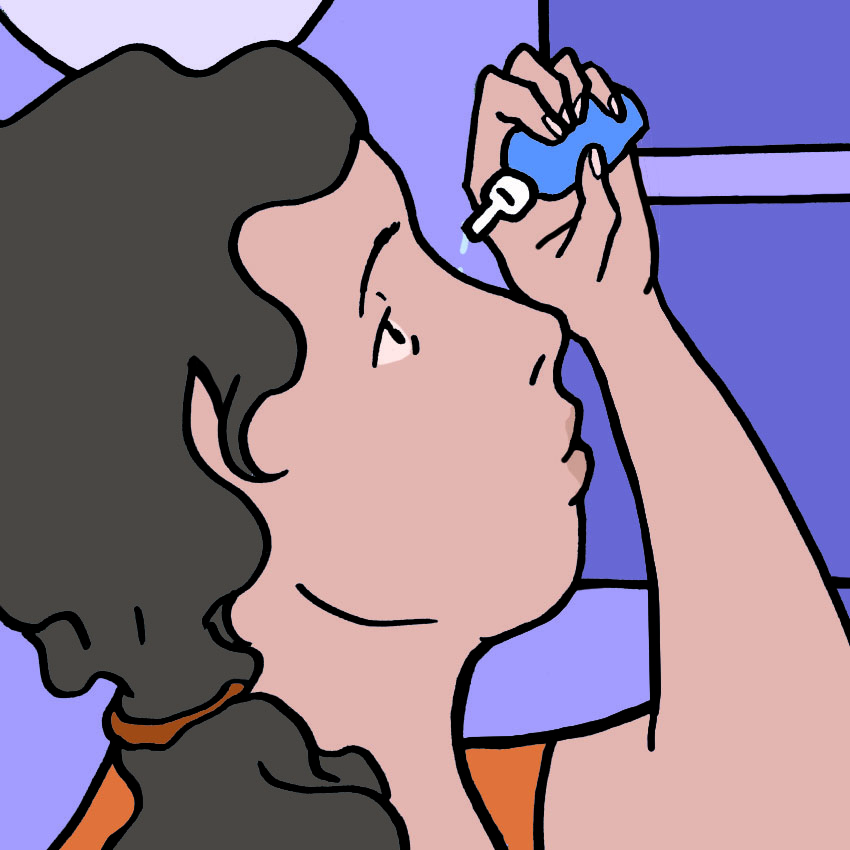
Like some of the other eye health red flags, everyone gets dry eyes from time to time. Usually, this can be solved with some eye drops.
Unfortunately, having dry eyes can also be a chronic issue. The National Eye Institute explains that if you think you have dry eye, you can see a doctor about prescription medications or other permanent solutions.
Red Flag #8: Discharge
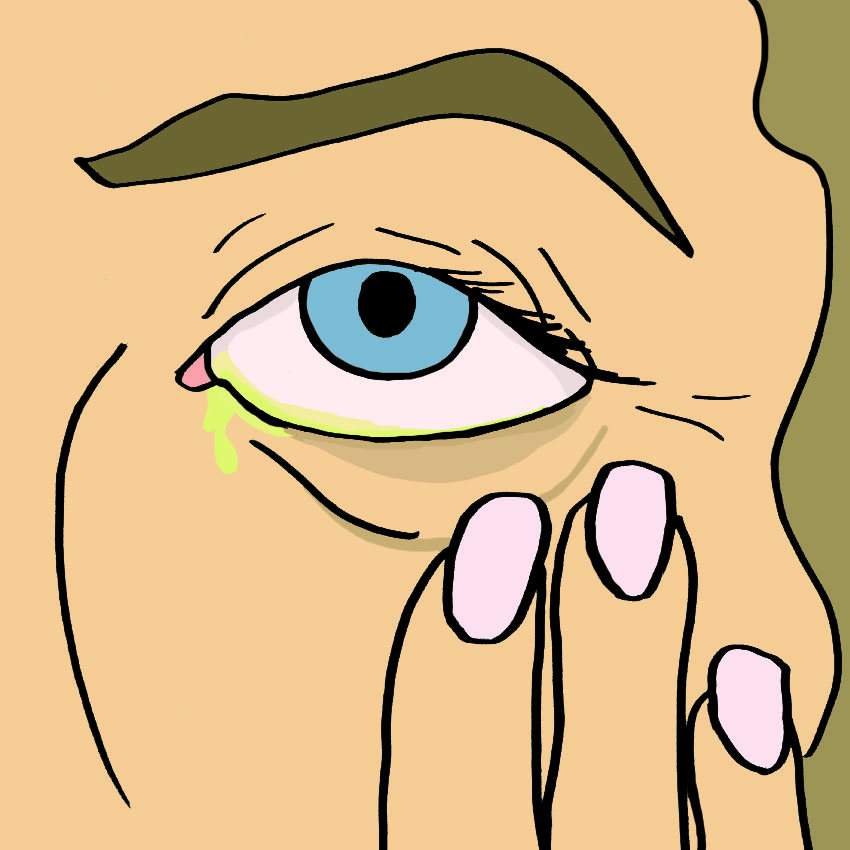
We all get eye discharge pretty regularly — it's what causes the crustiness in the corners of our eyes when we wake up in the morning.
If your discharge changes color, consistency, or quantity, it's something to take note of. Abnormal eye discharge could be a symptom of a disease or infection.
See your doctor if you notice strange discharge from your eyes.
Red Flag #9: Cataracts
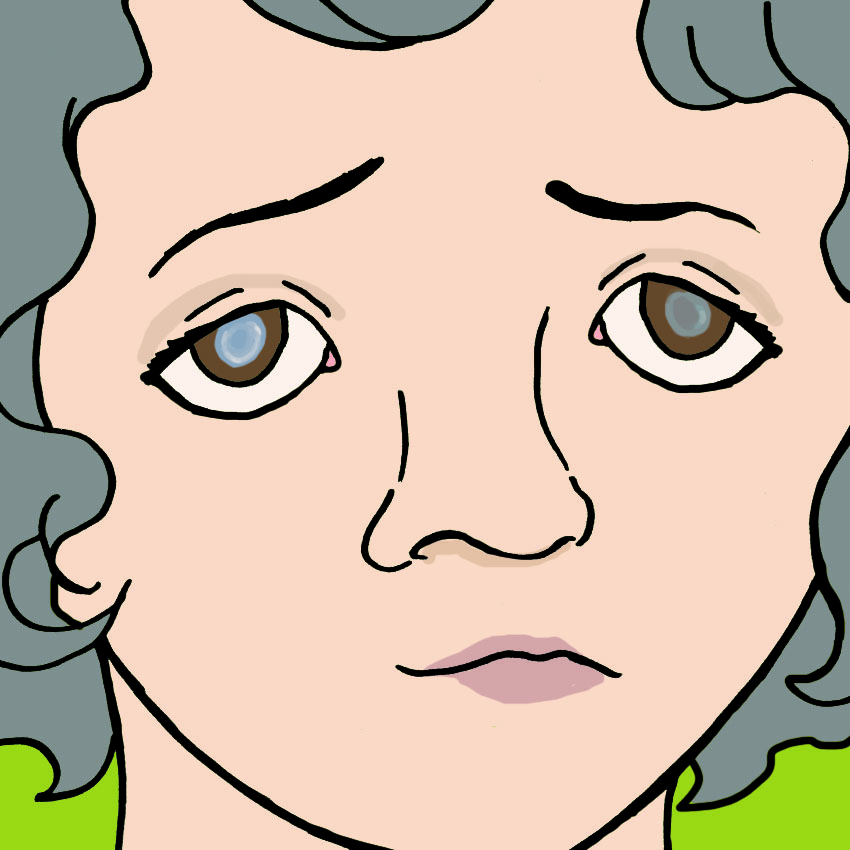
According to the Mayo Clinic, "A cataract is a clouding of the normally clear lens of your eye."
Cataracts can cause clouded or dim vision, sensitivity to light, or double vision.
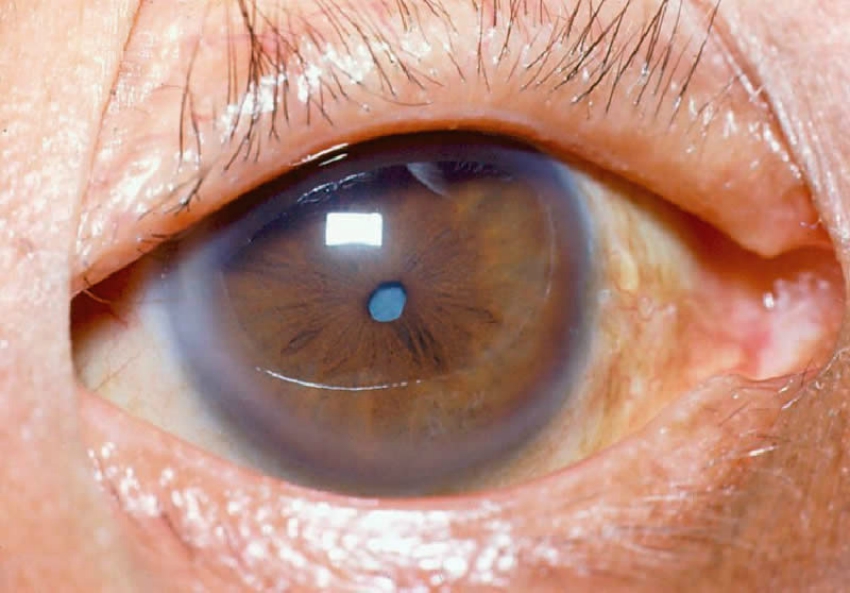
If you think you're developing cataracts, you should visit a doctor as soon as you can, because catching it early may help you avoid surgery.
Red Flag #10: Bleeding
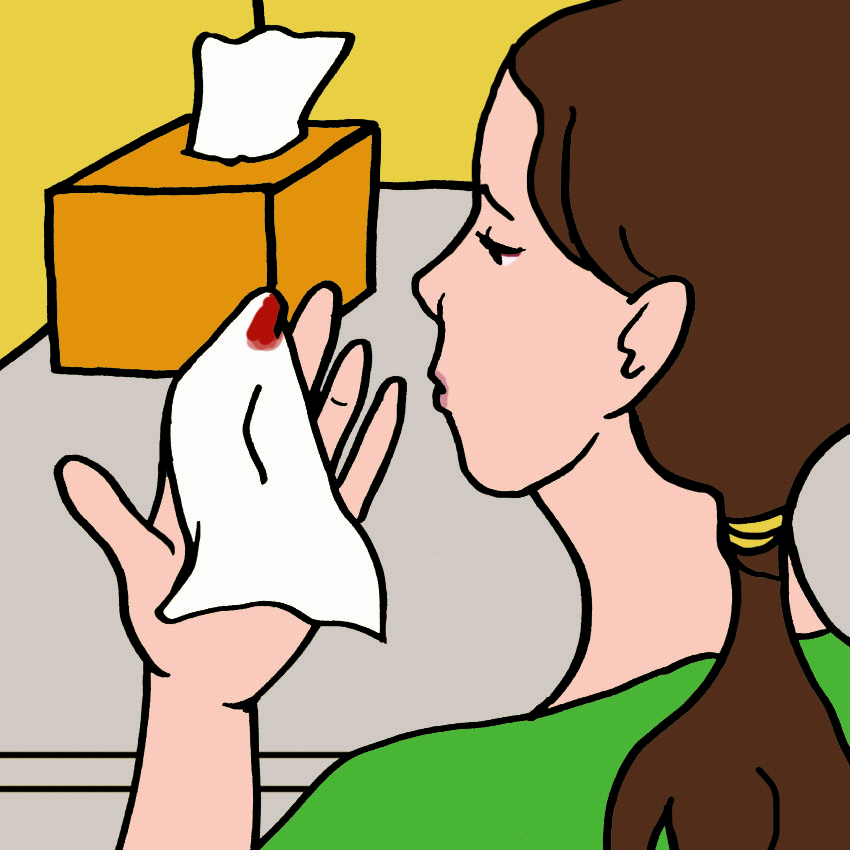
Obviously, one of the scariest things you can ever see in your eyes is blood. Usually, it's just due to minor trauma, violent coughing or sneezing, or vomiting, but sometimes it can be caused by something more serious.
If you notice blood in your eye after a head injury, though, you should talk to your doctor, because the blood could actually be from your brain and not just your eye.
Please SHARE this article with your friends if you think eye health is important!




